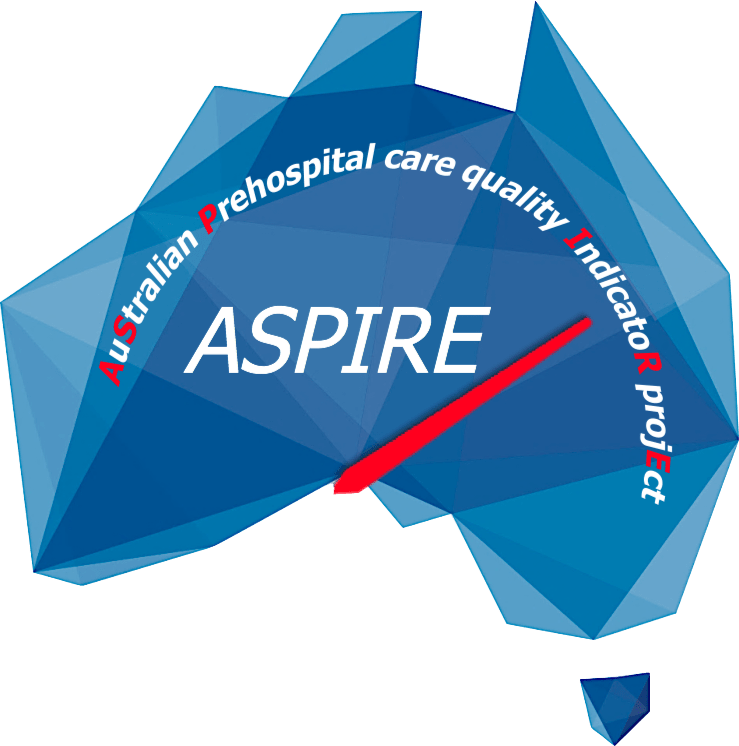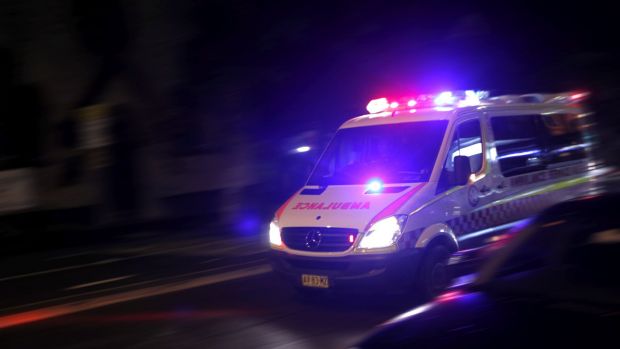
Australian prehospital care: researchers come togheter for ASPIRE project
Prehospital care is an extremely vast field, full of nuances. The importance of ambulance service is well known all over the world and we use this occasion to congratulate with all medics and responders who operate day by day to protect and assist us. Here comes the ASPIRE project.
Specially, the research field must not be underestimated. It is truly in the medical setting where researches are at the base of progress and that’s why we put our eyes on the ASPIRE project. It has been developing in Australia and it is led by four researchers. Among them, we had the pleasure to get in contact and interview Mr. Robin Pap, lecturer in paramedicine at Western Sydney University and with 15 years of experience in pre- and inter-hospital care.
Australian prehospital care quality indicator project: what is it and how is it born?
“ASPIRE, the Australian Prehospital Care Quality Indicator Project, is a five-year research program that aims to develop and test a suite of prehospital care quality indicators, specifically for the Australian setting. The project team consists of researchers who specialize in evidence synthesis, translation and implementation from the Johanna Briggs Institute (JBI) at the University of Adelaide and researchers in the field of paramedicine from the School of Science and Health at Westerns Sydney University.
The project was born out of a need to find more meaningful ways to measure prehospital care quality.  Traditionally, ambulance services’ quality has been measured using indicators with a poor evidence-base. Probably the best example of this is ‘response time’. Short response times are important, especially for time-critical patients. In addition, it is the public’s expectation that ambulance services respond swiftly to an emergency call. But holistically, they are not the best quality indicators. We are aiming to find a more comprehensive set of evidence-based quality indicators for ambulance services.”
Traditionally, ambulance services’ quality has been measured using indicators with a poor evidence-base. Probably the best example of this is ‘response time’. Short response times are important, especially for time-critical patients. In addition, it is the public’s expectation that ambulance services respond swiftly to an emergency call. But holistically, they are not the best quality indicators. We are aiming to find a more comprehensive set of evidence-based quality indicators for ambulance services.”
So you are saying that there is a specific need of new quality indicators?
 “Absolutely. The evidence-base of paramedicine is growing, and this must be reflected in how ambulance services measure and demonstrate the quality of the care they provide. Meaningful, evidenced-based quality measures can provide insight into how consistently a service provides best patient care. Quality indicators are also a fundamental aspect of quality improvement, which is an integral part of any modern healthcare organisation, including ambulance services. In order to understand a particular aspect of a system and to assess whether changes are effective in achieving improvement, measurement needs to be performed.”
“Absolutely. The evidence-base of paramedicine is growing, and this must be reflected in how ambulance services measure and demonstrate the quality of the care they provide. Meaningful, evidenced-based quality measures can provide insight into how consistently a service provides best patient care. Quality indicators are also a fundamental aspect of quality improvement, which is an integral part of any modern healthcare organisation, including ambulance services. In order to understand a particular aspect of a system and to assess whether changes are effective in achieving improvement, measurement needs to be performed.”
As showed also on the project website, this process is composed in three phases. Can you describe what they consist in?
“ASPIRE consists of three phases. We are currently about to finish the first phase which was a scoping review. The purpose of the review was to locate, examine and describe the literature on indicators used to measure prehospital care quality. It confirmed that there is generally a strong focus on indicators related to time-intervals. There are also specific clinical conditions, such as cardiac arrest, which have received more attention compared to others. We also examined what methods have been used in the development of quality indicators. We are planning to have the scoping review published within the next few months. This first phase will inform the next which will see a panel of experts within Australia participate in a consensus process to determine which quality indicators are appropriate for the Australian ambulance services. Besides assessing quality indicators sourced from the literature, the panel may also develop and then assess new indicators.
Lastly, in phase 3, we will test the selected quality indicators. The aim is to assess if they are acceptable, feasible and reliable. This work will be done together with a number of Australian State/Territory Ambulance Services.”
Is there a particular audience to whom ASPIRE project is addressed?
“If you mean a particular EMS system, a paramedic or physician system, the answer is ‘no’. We included both systems in the scoping review. Having said that, Australian ambulance services operate predominantly as paramedic systems with physician providing some very specialized pre- and interhospital care. The project aims to produce quality indicators specifically for the Australian setting. However, it is probably reasonable to anticipate that most of these indicators would be applicable and transferrable to similar ambulance services elsewhere.”
Which phase you’re dealing with?
“Currently we are finishing the first phase which is the scoping review. We will soon start the second phase by forming the expert panel which will utilize an online tool to assess the validity of the candidate quality indicators.”
And in case some indicators should not suit with the reality of an ambulance service?
“These would obviously not be recommended for implementation. Being a transparent process, however, the report or publications will provide details of which indicators were not selected and details of the process used.”



